The combination of calcium carbonate and polymers enhances the physical and mechanical properties of products.
It increases hardness, strength, thermal stability, reduces shrinkage, and lowers weight.
Applications include plastics, paints, paper, construction, rubber, and pharmaceuticals.
It reduces production costs, increases durability, provides UV and environmental resistance, and lowers environmental impact.
Proper particle size selection, polymer compatibility, quality control, and accurate usage levels are key.
Calcium carbonate compound is an affordable and effective material for improving the properties of polymer products across diverse industries.
Definition:
Calcium carbonate compound (CaCO₃) is a chemical blend in which calcium carbonate—one of the most widely used mineral fillers—is mixed with polymers, additives, or other industrial compounds to enhance the physical and mechanical properties of polymer products. This compound is especially used as a filler in the plastics, paint, and coatings industries.
Structure and Chemical Composition:
Calcium carbonate naturally occurs in two forms: calcite and aragonite. Both forms are used in compounds with polymers. Depending on the production process and specific needs, this compound can be available as powder, granules, or masterbatch. It is primarily composed of calcium, carbon, and oxygen.
Properties:
-
Increased hardness and strength: As a filler, calcium carbonate enhances the strength and hardness of polymer materials, making it suitable for various industrial applications.
-
Improved thermal stability: One of the key advantages in industrial processes is the increased thermal stability of products, particularly useful in plastic items exposed to high temperatures.
-
Reduced shrinkage: Calcium carbonate can reduce polymer shrinkage after production processes.
-
Lightweight: As a lightweight filler, calcium carbonate helps reduce the final product’s weight.
-
Flexibility: While improving mechanical properties, it has minimal impact on the flexibility of materials.
Applications:
-
Plastics industry: One of the main uses of calcium carbonate compound is in the production of injection-molded plastics, plastic films, pipes, and fittings. It is primarily used to reduce production costs and enhance the mechanical properties of plastic materials.
-
Paint industry: In paint and coating production, calcium carbonate acts as a filler to increase volume and improve color.
-
Paper industry: It serves as a whitening and filling agent in paper manufacturing.
-
Construction industry: In cement, concrete, and plaster production, calcium carbonate functions as a filler to boost strength and durability.
-
Rubber industry: This compound is used in tire and rubber part production to enhance mechanical properties and extend product lifespan.
-
Pharmaceutical industry: Calcium carbonate is used in tablets and calcium supplements.
Advantages:
-
Reduced production costs: As an inexpensive filler, calcium carbonate can significantly lower production costs without negatively impacting product quality.
-
Increased durability: By enhancing strength and resistance to environmental conditions like temperature and humidity changes, it contributes to longer-lasting products.
-
UV protection: Calcium carbonate can resist UV radiation, protecting polymers from degradation caused by sunlight exposure.
-
Reduced environmental impact: By partially replacing more expensive materials, calcium carbonate helps reduce environmental impacts during production.
Important Considerations:
-
Proper particle size selection: The particle size of calcium carbonate significantly affects final product properties. Finer particles typically provide better dispersion and strength.
-
Compatibility with polymers: Calcium carbonate compounds must be compatible with the polymer type to ensure smooth production.
-
Quality control: The quality of calcium carbonate must be controlled to avoid issues like color changes, contamination, or uneven dispersion.
-
Usage level: The amount of calcium carbonate in compounds must be carefully determined, as excessive use can negatively affect other polymer properties.
-
Environmental impacts: The production process of calcium carbonate should consider environmental impacts, ideally using eco-friendly or recyclable methods.
Conclusion:
As a widely used filler material in various industries, calcium carbonate compound not only helps reduce production costs but also enhances the physical and mechanical properties of products. With unique features like improved strength, reduced shrinkage, and increased thermal stability, it is a suitable choice for the plastics, paint, paper, and even rubber industries. Selecting the right grade of calcium carbonate and controlling its properties precisely can have a positive impact on the quality and performance of final products.


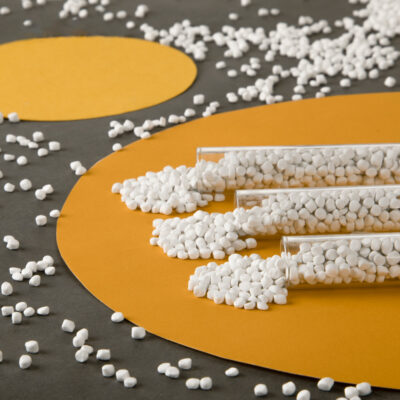
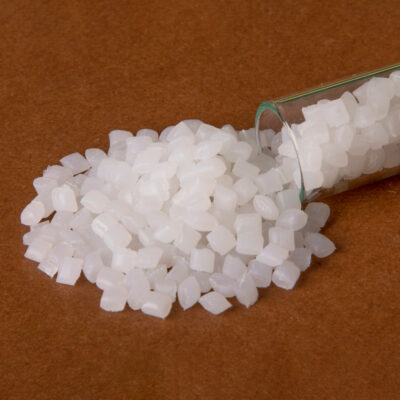
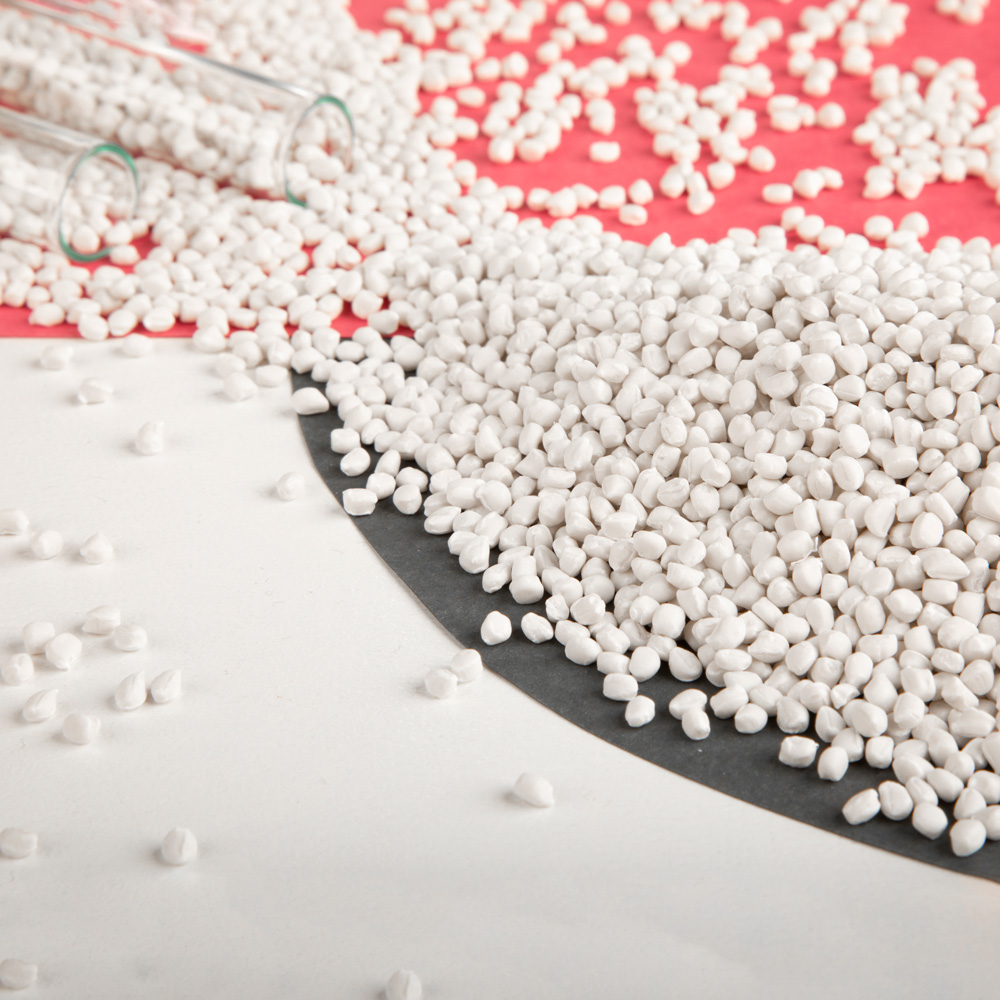
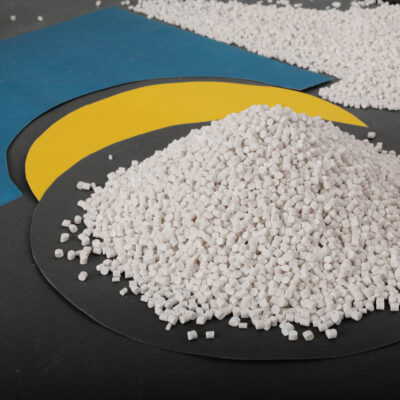
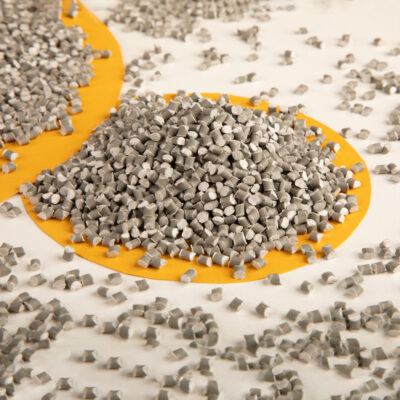
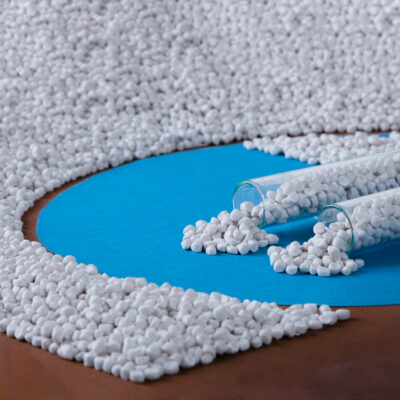
Reviews
There are no reviews yet.